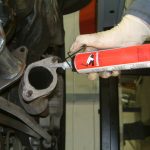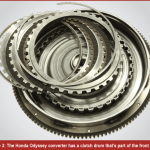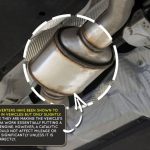Unlock Your Vehicle’s Full Potential With An EPA Compliant Catalytic Converter – Upgrade And Contribute To A Cleaner Future!
EPA Compliant Catalytic Converter: A Solution for Cleaner Emissions
Greetings, Converter users! In this article, we will delve into the world of EPA compliant catalytic converters and explore their significance in reducing harmful emissions. As an enthusiast of clean and sustainable technology, it is crucial to understand the benefits and functionality of these converters. So, let’s dive in and explore the world of EPA compliant catalytic converters!
Introduction
2 Picture Gallery: Unlock Your Vehicle’s Full Potential With An EPA Compliant Catalytic Converter – Upgrade And Contribute To A Cleaner Future!
1. What is an EPA Compliant Catalytic Converter?
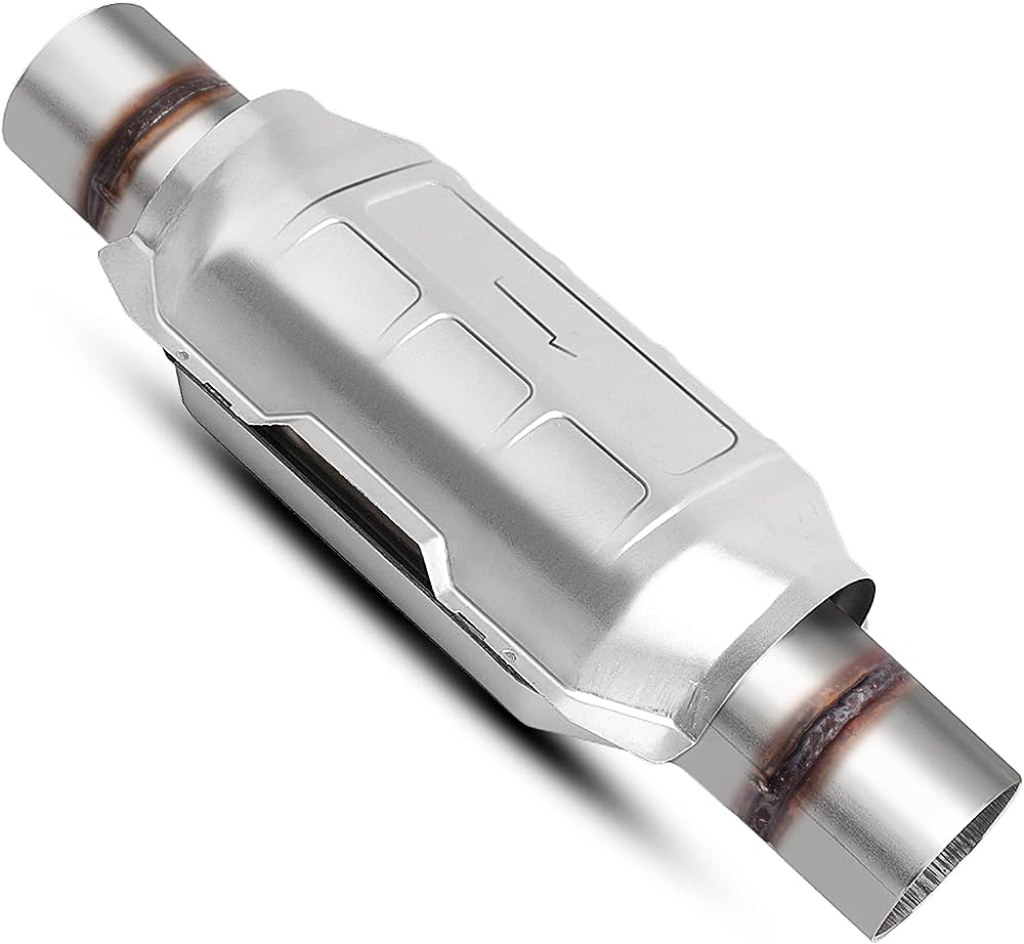
Image Source: media-amazon.com
An EPA compliant catalytic converter is an exhaust emission control device that is designed to minimize the harmful pollutants released from the engine of a vehicle. It uses a combination of catalysts and chemical reactions to convert toxic gases and pollutants into less harmful substances before they are released into the atmosphere.
2. Who Regulates EPA Compliant Catalytic Converters?
The Environmental Protection Agency (EPA) is the regulatory body responsible for establishing and enforcing emissions standards in the United States. They ensure that catalytic converters meet the required criteria to reduce harmful emissions and maintain air quality standards.
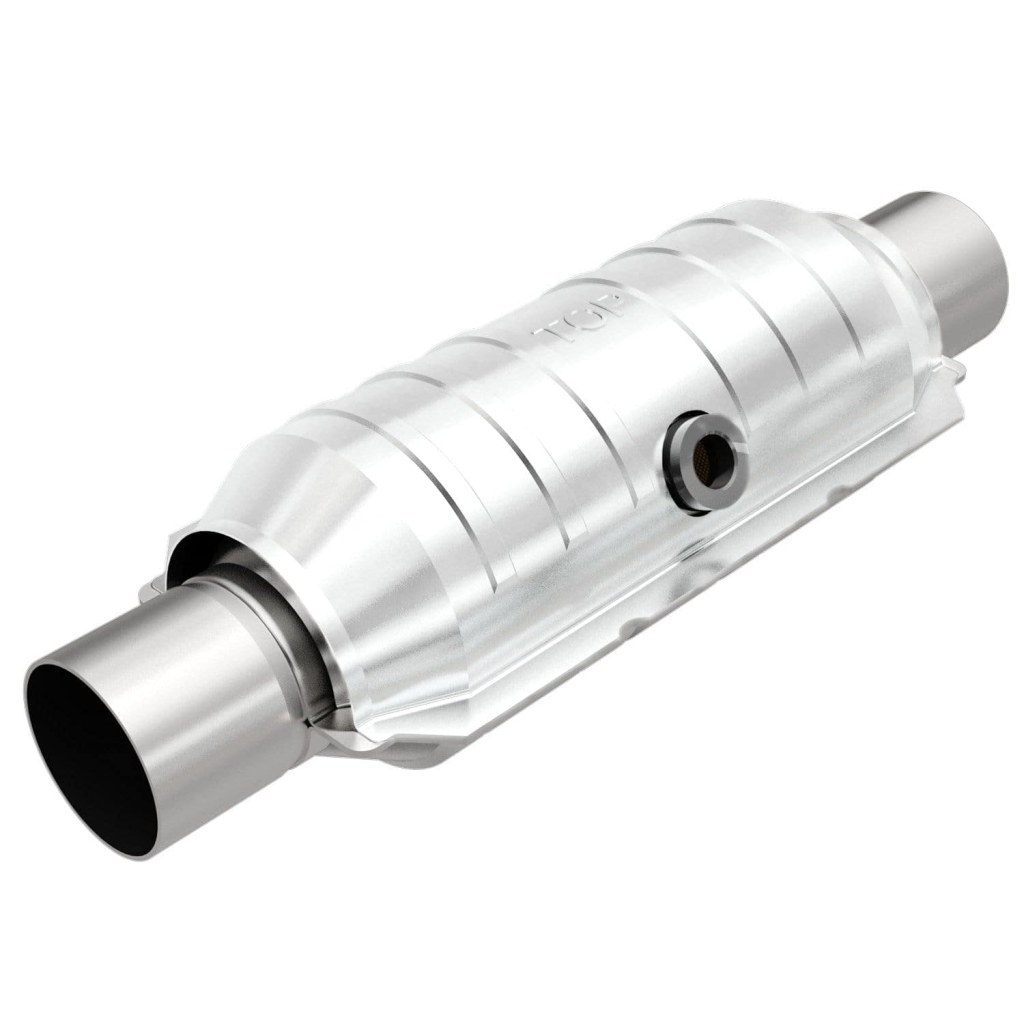
Image Source: media-amazon.com
3. When Were EPA Compliant Catalytic Converters Introduced?
EPA compliant catalytic converters were first introduced in the 1970s as a response to the growing concerns about air pollution and its impact on human health and the environment. Since then, they have become an integral part of vehicle emission control systems.
4. Where Are EPA Compliant Catalytic Converters Used?
EPA compliant catalytic converters are used in a wide range of vehicles, including cars, trucks, motorcycles, and even heavy-duty machinery. They are installed in the exhaust system of these vehicles to reduce the emission of harmful pollutants, such as carbon monoxide, nitrogen oxides, and hydrocarbons.
5. Why Are EPA Compliant Catalytic Converters Important?
EPA compliant catalytic converters play a crucial role in reducing air pollution and improving air quality. By converting toxic gases into less harmful substances, they help in minimizing the impact of vehicle emissions on human health and the environment. They are also essential for complying with emissions regulations set by the EPA and other regulatory bodies.
6. How Do EPA Compliant Catalytic Converters Work?
An EPA compliant catalytic converter consists of two main components: a catalyst and a substrate. The catalyst is typically made of precious metals, such as platinum, palladium, and rhodium, which speed up the chemical reactions that occur during the conversion process. The substrate, usually a ceramic or metallic honeycomb structure, provides a large surface area for the catalyst to interact with the exhaust gases.
7. What Are the Benefits of EPA Compliant Catalytic Converters?
By using an EPA compliant catalytic converter, vehicle owners can enjoy several benefits. These include reduced emissions of harmful pollutants, compliance with environmental regulations, improved air quality, and a positive contribution to sustainable transportation. Additionally, some states even offer incentives for installing EPA compliant catalytic converters, further promoting their adoption.
Advantages and Disadvantages of EPA Compliant Catalytic Converters
1. Advantages of EPA Compliant Catalytic Converters
✅ Improved Air Quality: EPA compliant catalytic converters significantly reduce the emission of harmful pollutants, leading to cleaner air for everyone.
✅ Compliance with Regulations: Using EPA compliant catalytic converters ensures that vehicles meet the required emissions standards set by regulatory bodies.
✅ Environmental Impact: By reducing emissions, these converters contribute to the overall reduction of air pollution and its adverse effects on the environment.
✅ Health Benefits: Lowering the release of toxic gases improves public health, reducing the risk of respiratory diseases and other health issues caused by air pollution.
✅ Sustainability: By choosing EPA compliant catalytic converters, individuals actively participate in sustainable transportation practices, promoting a greener future.
2. Disadvantages of EPA Compliant Catalytic Converters
❌ Cost: EPA compliant catalytic converters can be expensive, especially those that incorporate advanced technologies or use precious metals as catalysts.
❌ Maintenance: These converters require regular maintenance and may need replacement after a certain period, adding to the overall cost of vehicle ownership.
❌ Compatibility: Some aftermarket catalytic converters may not be compatible with certain vehicle models, requiring careful selection and installation.
❌ Performance Impact: In some cases, EPA compliant catalytic converters can slightly reduce engine performance and fuel efficiency due to increased exhaust system backpressure.
❌ Limited Lifespan: Over time, the catalysts in EPA compliant catalytic converters may degrade, leading to decreased efficiency and the need for replacement.
Frequently Asked Questions (FAQs)
1. Are EPA compliant catalytic converters mandatory for all vehicles?
Yes, EPA compliant catalytic converters are mandatory for vehicles in the United States to meet emissions standards and comply with environmental regulations.
2. Can I install an aftermarket EPA compliant catalytic converter?
Yes, you can install an aftermarket EPA compliant catalytic converter. However, it is important to ensure that it meets the necessary requirements and is compatible with your vehicle model.
3. How often should I replace my EPA compliant catalytic converter?
The lifespan of an EPA compliant catalytic converter can vary depending on various factors, such as driving conditions and maintenance. It is recommended to have it inspected regularly and replaced if any significant degradation is detected.
4. Do EPA compliant catalytic converters affect horsepower?
EPA compliant catalytic converters may slightly impact engine performance and reduce horsepower due to increased exhaust system backpressure. However, advancements in technology have minimized this effect in modern vehicles.
5. Can I recycle my old EPA compliant catalytic converter?
Yes, you can recycle your old EPA compliant catalytic converter. The precious metals used in the catalysts can be extracted and reused, contributing to sustainable resource management.
Conclusion
In conclusion, EPA compliant catalytic converters are essential for reducing harmful emissions from vehicles and improving air quality. They play a vital role in meeting emissions standards set by regulatory bodies like the EPA. By adopting EPA compliant catalytic converters, individuals contribute to sustainable transportation practices and promote a cleaner and healthier environment for future generations. So, let’s make a conscious choice and embrace these converters for a greener future!
We hope this article has provided valuable insights into the world of EPA compliant catalytic converters. Remember to prioritize the environment and choose vehicles equipped with these converters to make a positive impact. Together, we can strive for cleaner emissions and a better tomorrow!
Disclaimer: The information provided in this article is for educational purposes only and should not be considered as professional advice. Always consult with a qualified automotive expert for specific guidance on catalytic converters and emissions control.
This post topic: Converter
